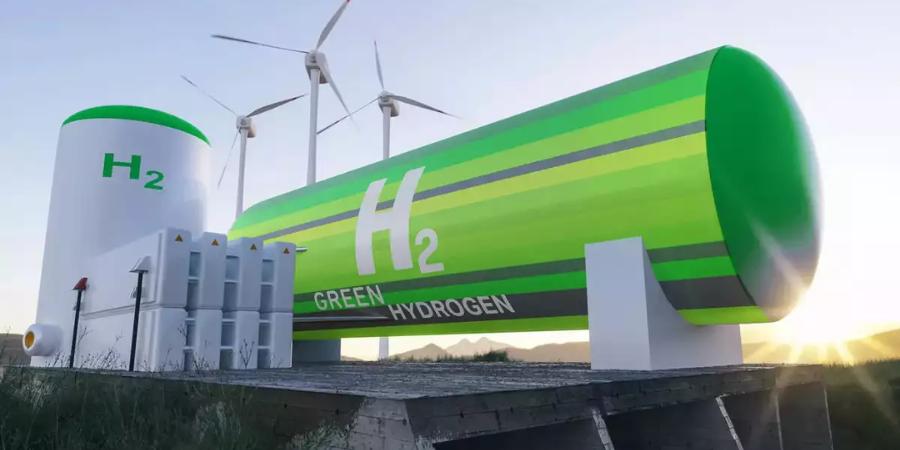India–US Trade Tensions Rise Over Steel and Auto Tariffs NMDC Limited reports a 38% drop in Q4 FY24 consolidated net profit RINL to Raise $23 Million Through Land Sales Amid Crisis

As the world seeks to transition towards cleaner energy sources, hydrogen has emerged as a promising alternative. India, with its ambitious renewable energy goals and technological advancements, has the potential to become a key player in the global hydrogen sector. By leveraging its strengths, India can not only reduce its carbon footprint but also position itself as a leader in this rapidly growing industry.
Hydrogen, often touted as the fuel of the future, has several advantages over traditional fossil fuels. It is abundant, versatile, and emits no greenhouse gases when burned, making it a clean energy option. Moreover, hydrogen can be produced through various methods, including electrolysis of water using renewable energy sources such as solar and wind power.
India's renewable energy capacity has been growing steadily, with the government setting ambitious targets to increase the share of renewables in the energy mix. This growth provides a significant opportunity for India to produce green hydrogen at scale. By investing in electrolysis facilities powered by renewable energy, India can not only meet its domestic demand but also export hydrogen to other countries.
Furthermore, India has a robust manufacturing sector, which can be leveraged to produce hydrogen fuel cells and related infrastructure. By developing indigenous capabilities, India can reduce its dependence on imports and create a self-reliant ecosystem for hydrogen production and utilisation.
The transportation sector is one of the largest contributors to greenhouse gas emissions. Hydrogen fuel cells have the potential to revolutionise this sector by powering vehicles with zero emissions. India can incentivise the adoption of hydrogen fuel cell vehicles, thereby reducing air pollution and improving public health.
In addition to transportation, hydrogen can also be used in industries such as steel and cement, which are currently reliant on fossil fuels. By transitioning to hydrogen, these industries can significantly reduce their carbon footprint and contribute to India's climate goals.
However, some challenges need to be addressed to unlock India's full potential in the hydrogen sector. One of the key challenges is the cost of green hydrogen production, which is currently higher than conventional hydrogen production methods. To overcome this, India needs to scale up its renewable energy capacity and invest in research and development to drive down costs.
Another challenge is the lack of infrastructure for hydrogen production, storage, and distribution. India needs to invest in building a robust hydrogen infrastructure to support the widespread adoption of hydrogen as a fuel.
India has the potential to become a key player in the global hydrogen sector. By leveraging its renewable energy capacity, manufacturing prowess, and ambitious climate goals, India can not only reduce its carbon footprint but also create a new industry that could become a half-trillion-dollar opportunity by 2050. With the right policies and investments, India can lead the way towards a cleaner and more sustainable future.
Also Read : Navigating India's Energy Crossroads: Reconsidering Carbon Capture Amidst Abundant Alternatives Balancing progress and planet: India's economic vision for a sustainable future